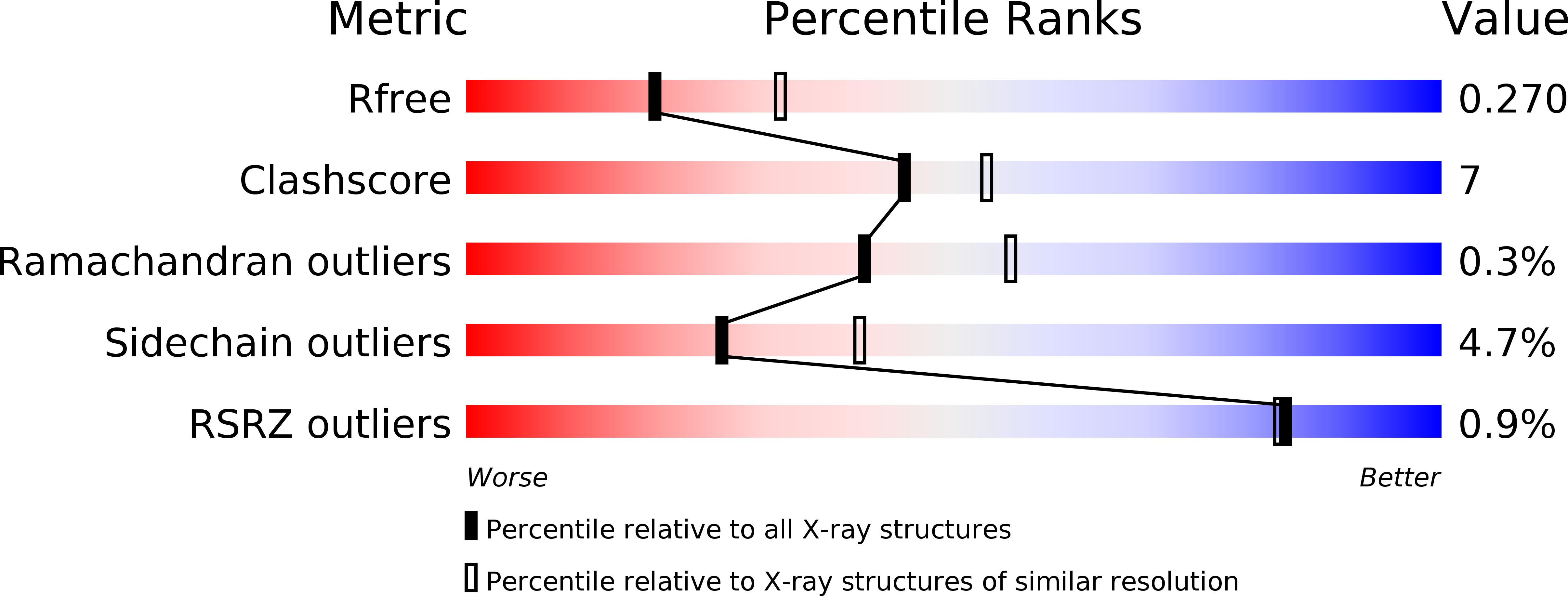
Deposition Date
2006-11-23
Release Date
2007-04-10
Last Version Date
2023-08-30
Entry Detail
PDB ID:
2NZD
Keywords:
Title:
Nucleosome core particle containing 145 bp of DNA
Biological Source:
Source Organism:
Xenopus laevis (Taxon ID: 8355)
Host Organism:
Method Details:
Experimental Method:
Resolution:
2.65 Å
R-Value Free:
0.28
R-Value Work:
0.23
R-Value Observed:
0.23
Space Group:
P 21 21 21


